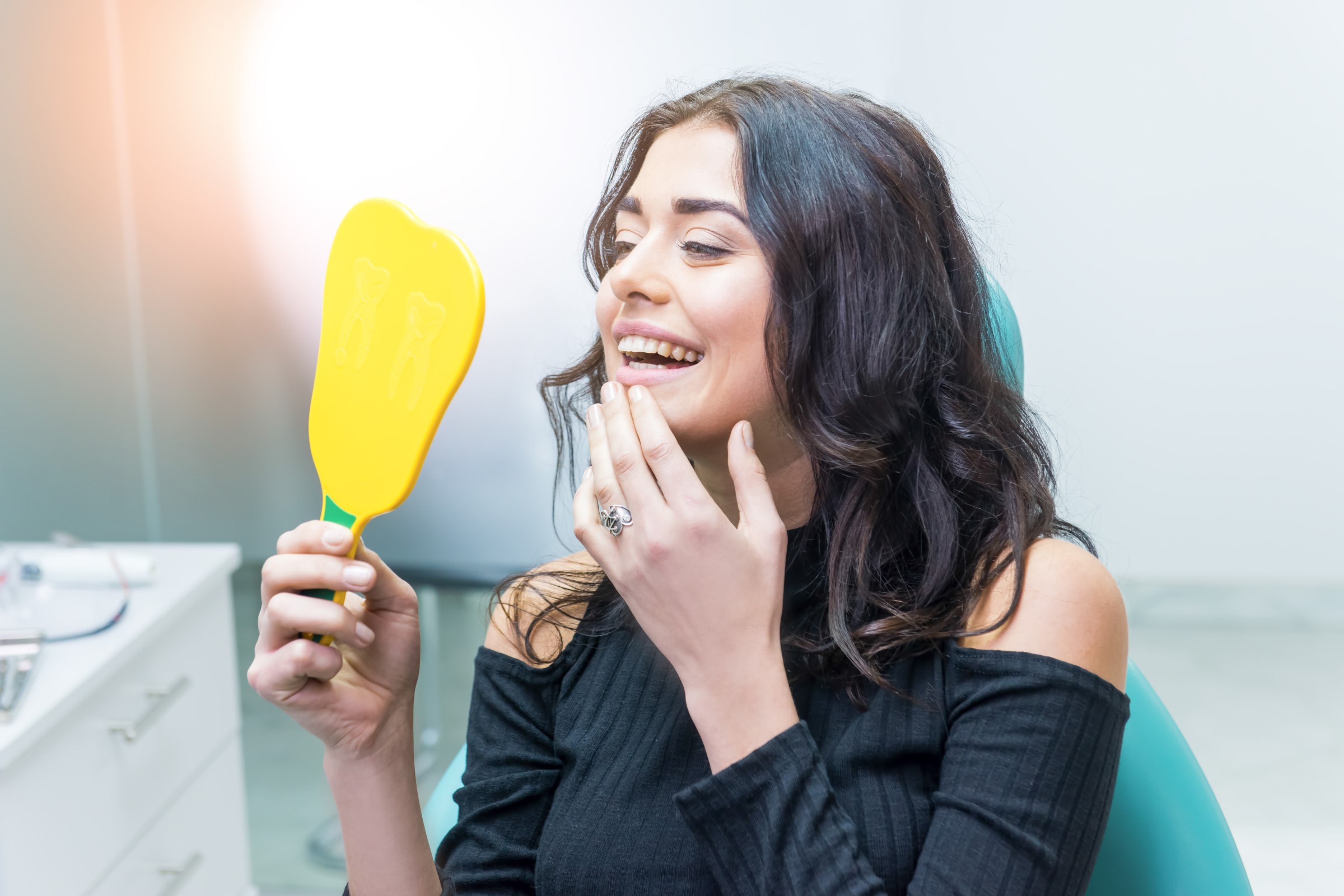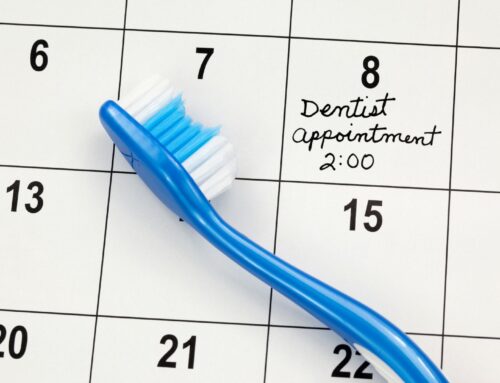Everyone wants a bright, white smile. It’s one of the first things others notice when they look at you, and a white, healthy smile can make you look younger and more attractive.
Information on teeth whitening can be overwhelming, and some methods can be harmful to your enamel. But not to worry, we’ve broken it down for you! Here are the most common questions we receive about teeth whitening to help you make the best choice for a healthy smile!
What is teeth whitening and how does it work?
Teeth whitening is a process that uses bleaching agents like hydrogen peroxide to remove stains and discolorations from your teeth. It can be done at home or in your dentist’s office, but most people prefer an in-office treatment because it takes less time than doing it yourself and you know that dentists will often have options that will decrease the chance of causing excess sensitivity or damaging tooth enamel
What are the best types of teeth whitening products?
What are the best types of teeth whitening products?
There are many types of teeth whitening products available, including whitening toothpastes, over-the-counter whitening strips and gels, and professional in-office treatments. The most popular type of teeth whitening is the dentist-administered bleaching treatment. This involves applying a hydrogen peroxide gel to your teeth and then shining a special light on them. The gel breaks down the discoloration in your teeth and makes them white again.
There are also several at-home treatment options available, including over-the-counter whitening strips, toothpaste, and whitening gel.
Over-the-counter whitening strips (such as Crest Whitestrips) work by applying hydrogen peroxide gel directly onto your teeth and then covering them with plastic strips that keep it in place. The gel then breaks down the discoloration over time and makes your teeth whiter. These require regular use, generally 30 minutes at a time.
Whitening toothpaste works in a similar way to whitening strips but does not contain as much hydrogen peroxide. Whitening toothpaste typically takes longer to show results than strips or gels, but is a popular choice since brushing your teeth is already part of your daily routine.
Finally, whitening gels can do the same thing as strips and toothpastes. The gels are often less convenient to use because you have to hold them in place on your teeth for several minutes at a time – or overnight if you want faster results!
Many of the over the counter products can cause tooth sensitivity, especially if used longer than directed. Be sure to consult with your dentist before using at-home treatments to ensure they are a safe option for you and your needs.
What is the best way to use teeth whitening products safely and effectively?
The most important thing to remember about using teeth whitening products is that you should only use them after confirming they are a safe choice with your dentist. If you have any existing dental problems like cavities or gum disease, these products can cause more damage to your teeth and may not be right for you.
The next thing to know is how often to use these products. Your dentist will likely recommend using them once every six months or so if they’re working well for you – but this may vary depending on what kind of discoloration you have on your teeth and how sensitive you are to the treatments.
Finally, remember that these products aren’t miracle workers – they won’t be able to make all stains go away completely (especially if you have stubborn ones like tetracycline). But with regular use over time and some patience from you, they can definitely make your teeth look whiter and brighter.
What are the benefits of going to the dentist for teeth whitening?
The biggest benefit is that your dentist will be able to help you choose the right product for your needs, and they’ll check up on it every few months so there’s no need to worry about safety concerns or whether or not these treatments are working well enough. It also means less time spent worrying over how white of a shade you’re getting with each treatment!
Another benefit is that dentist-administered bleaching can give you better results than at home products, especially if it’s been more than a year since your last appointment. You might even see some improvement after just one or two visits to the dentist office – so don’t wait too long before scheduling another one!
Finally, dentist-administered bleaching can help save money on at-home whitening products because these treatments are usually less expensive than store bought brands. Plus you get all the benefits of dentist supervision without having to go through any hassle yourself – which means more time spent enjoying your new smile instead of worrying about your teeth!
What is the best way to maintain a white smile after treatment?
The best way to maintain a white smile is by practicing good oral health habits. Basic dental hygiene includes brushing twice a day, flossing once per day and using mouthwash regularly to prevent stains from forming again.
Additionally, to keep your smile stain-free, avoid drinking beverages like coffee or tea that could stain the enamel on your teeth after treatment. You can also try using a straw when drinking these dark liquids so they don’t touch as many surfaces in your mouth.
Lastly, make sure you schedule your dental checkup every six months to ensure your teeth are healthy and looking their best!
Are you looking for a dentist in the Reno area? We can help answer all of your teeth whitening questions. Contact DiGrazia Family Dentistry today!






